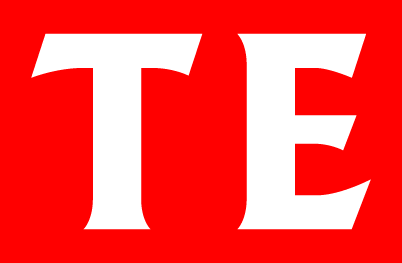
ISSN (e) 1555-7561
(print) 1933-6837
An open-access journal in economic theory
Econometric Society
Acknowledgments
Format instructions for authors working directly with a LaTeX file
Authors working directly with a LaTeX file can produce a file complying with our format guidelines as follows.
- Sectioning: Create section heads using
\section, \subsection, and related commands.
- Theorems: Create theorems or other similar objects by using
\begin{theorem} ... \end{theorem} and its relatives. (Proofs should use \begin{proof} ... \end{proof} if available in the style you are using.)
- No manual spacing: Whenever possible, avoid using
\vskip, \vspace, \hskip, or \hspace commands, or other commands that insert ad hoc space.
- Cross-references: To create a cross-reference, (a) label the object to which you wish to refer using
\label{...} and (b) insert a reference to that label using \ref{...}.
- Quotation marks: A single opening quotation mark is produced by typing ` (a "back tick") and a single closing quotation mark is produced by typing ' (a single quote). A double opening quotation mark is produced by typing two back ticks and a double closing quotation mark is produced by typing two single quotes.
- Punctuation and displayed math: The journal style use punctuation at the end of displayed math. (E.g. if a display ends a sentence, it should have a period at the end of it.)
- Separating math and text: Words and punctuation should not be included in mathematical expressions that are part of the text (i.e. not displayed). In particular, any punctuation following a mathematical expression should be part of the text, not the math. For example, type "
$x > 0$, so that" and not "$x > 0,$ so that". (Including the comma as part of the math results in an incorrect amount of space between the comma and the following text.)
\section, \subsection, and related commands.
\begin{theorem} ... \end{theorem} and its relatives. (Proofs should use \begin{proof} ... \end{proof} if available in the style you are using.)
\vskip, \vspace, \hskip, or \hspace commands, or other commands that insert ad hoc space.
\label{...} and (b) insert a reference to that label using \ref{...}.
$x > 0$, so that" and not "$x > 0,$ so that". (Including the comma as part of the math results in an incorrect amount of space between the comma and the following text.)
 
|
Tweet |
Advanced search
Login
